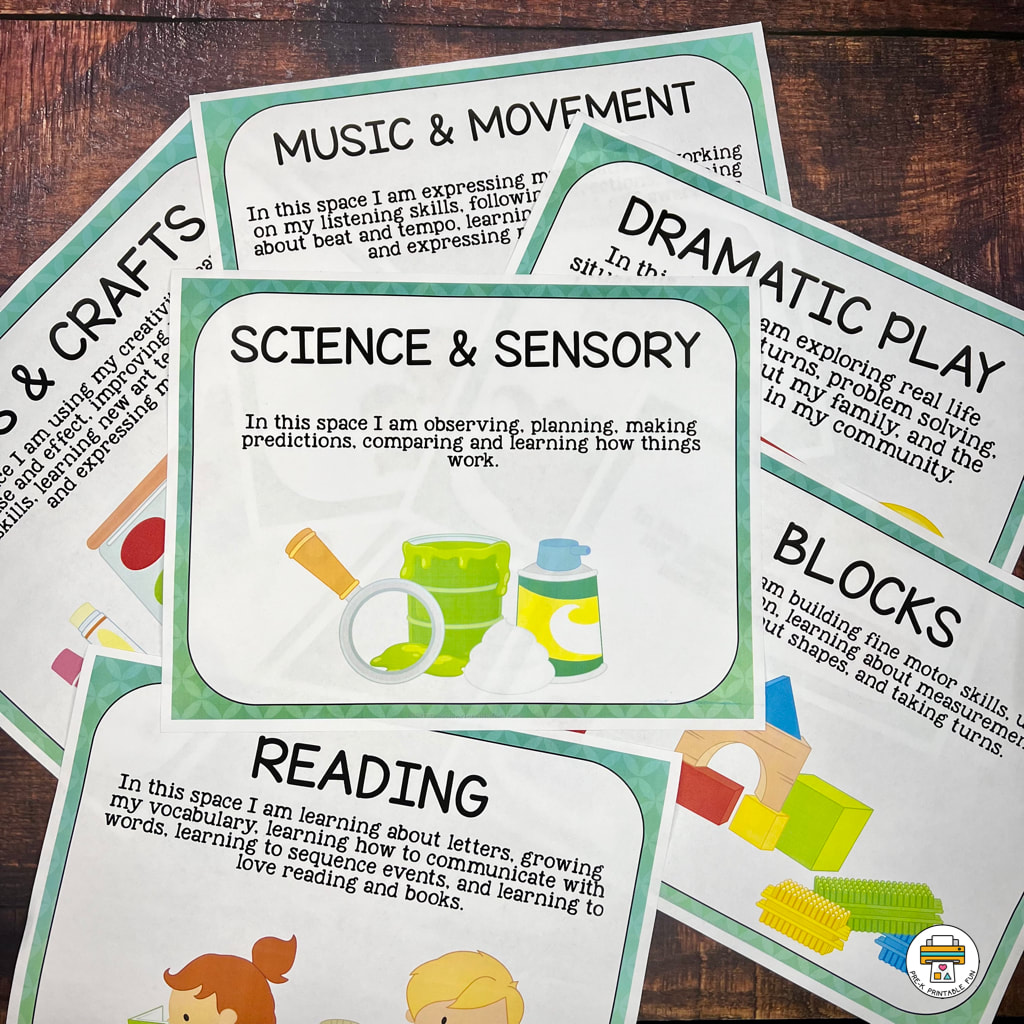|
The following article about the developmentally appropriate ways to teach letters was written by child care provider guest poster Sheena Wheeler of Building Blocks Family Childcare.
Literacy development is an important part of early childhood education. I often hear early childhood educators inquire about the best way to teach young children how to identify letters and the sounds they make, and in which order it is best to teach letters in.
Approaches to teaching letters
One approach to teaching letters is the “Letter of the Week” approach. Letter of the Week instruction involves focusing on teaching children one letter at a time over the course of the school-year, with the last few weeks typically being a review. The letters may be taught in alphabetical order or in another sequence that the teacher or curriculum direct. The teacher introduces activities which relate to the letter of the week and the sound (or phoneme) the letter makes. Activities might include using flashcards, worksheets, arts and crafts that are associated with that letter (such as assembling a paper alligator for the letter “A”), and snacks related to the letter of the week.
This approach is not developmentally appropriate, nor is it an effective way to teach children letters. This method introduces letters in isolation and subsequently, the letters hold little meaning to children. Without connecting the letters to individual interests, children are less likely to retain the information and more likely to become bored or frustrated.
So what IS appropriate?
Children learn best through play and experiences that are meaningful to them. Children in a literacy-rich program will naturally learn to identify letters. A literacy-rich program includes reading aloud to children, providing a variety of books for children (with a cozy place to read protected from active play), providing writing materials, labeling shelves where materials are stored (label use in the classroom should be used only when it has meaning; labeling a shelf where a toy belongs provides meaning to children whereas labeling every item in the classroom does not), and teachers having conversations with children including asking open-ended questions.
One thing that is universal among all children is their interest in themselves and their family and friends. The first letter appropriate to teach a child, is the letter their name begins with. Children become very excited to learn which letter their name begins with.
There are countless opportunities in the classroom to incorporate children’s names and letters in the daily routine. Some examples are: Label cubbies with the children’s names (you can also add a picture until they begin to recognize their names), names on classroom job charts, and label their chair or place at the table. There are also plenty of opportunities to have conversations about letters with the children within the daily routine. Some examples: pointing out the title of a book shares a letter that a child has in their name, a child’s shirt has letters on it (“oh, I notice Andrew has an “L” on his shirt, I wonder if anyone here has a name that starts with “L”?), dismiss children to wash their hands by the letter their name starts with, pointing out environmental print (while on a walk, you come to a stop sign, “Look, that sign says STOP, can anyone identify those letters? Does anyone have any of those letters in their name?).
Using these methods provides opportunities for teachers to talk about letters naturally throughout the day. As children learn about the letters that make up their own names, they will also want to learn about the letters that make up their friend’s names. This creates opportunities for children to compare and contrast the features of individual letters, which is an important component of learning to identify every letter.
Learning Letters through play
Materials should be made available to the children that encourage them to explore letters. Some examples are: alphabet puzzles, file-folder games, sand paper letters, salt-writing trays, soft stuffed letters, felt letters, Printable Literacy Activities from thePre-K Printables Club, play dough with letter dough stampers, and wooden or plastic letter construction kits.
Teachers can introduce new games or materials in small groups before placing them in the classroom. I work in a multi-age classroom with ages 8-months to 5-years. My favorite method for inviting children to participate in group activities is called “drop-and-do.” With this method I collect my materials in a basket, position myself in an area of the classroom where the children can see me and there is enough room for the children that are interested to gather.
When I sit down with my basket, children typically start gravitating towards me. This usually means toys are abandoned and activities are left out, this is okay with me, the children clean them up later, my focus is on the children participating in the group experience.
As with any small group activity, it is important to note that not every child may want to participate. That’s okay! Orient yourself in the classroom where children that are not interested can choose other materials to play with. If you find that one child consistently is not interested, I suggest putting together an invitation that would particularly interest that child. For example, if that child is very interested in construction vehicles, you could place some small construction vehicles in a basket and the book The Construction Alphabet Book.
One of my favorite literacy drop-and-do materials is soft stuffed letters. I have both uppercase and lowercase (I only take out one set at a time unless doing a matching game), they come in primary colors which extends the activity. I also include a book or two in my basket. For this example I used Chicka Chicka Boom Boom and I Spy Letters. We begin by exploring the letters. Often, one toddler dumps out the basket, another toddler will try to fill the basket back up and the preschoolers will look for the letter that their name begins with. As the children are exploring the letters, I take the opportunity to interact with them. Depending on the developmental level and age of each child, this involves talking about the texture of the letters, identifying the letters, talking about how the letter is formed, and the phoneme.
Next, we talk about how we could sort the letters. We start by sorting them by color, then by which ones have a circle and which do not. As the excitement dies down, I introduce the books. As I read the books, I point out any letters that the children are holding which are also in the book, as well as any letters that the children’s names begin with. When the activity is over the letters are placed on a shelf for the children to explore as they choose.
This method can be used for many different materials and games. Drop-and-do can also be utilized for games that are only appropriate for older children, such as alphabet matching file-folder games and other games available from Pre-K Printable Fun.
For this example I would position myself at the table. As place the game on the table, as soon as a child becomes interested, I will begin playing the game with them. Soon, they are playing with their peers and I leave the table to interact with the toddlers to keep them from trying to join in.
I hope this article will help early childhood educators have a better understanding about how to introduce children to letters in a way that is meaningful and developmentally appropriate for them.
About our guest poster
Sheena Wheeler is the owner of Building Blocks Family Childcare. She has over 10 years experience operating her own child care business. She was introduced to this business by her grandmother who had been a home childcare provider for as long as she can remember! She is a lifelong learner, studying primarily the field of Early Childhood Education.
Sheena also works as a mentor for home based childcare providers in the area where she lives. She says she, "Enjoys helping other providers start their businesses and lending support once they are operational." You can also find her helping out as an Admin in our FB Communities. She is also a wife and mother to three wonderful boys. In her free time she enjoys working in the garden with her boys and working on home improvements with her husband. You might also like:
Shop my products
Alphabet Books
$6.00
Preschoolers can practice letter formation, letter recognition, and letter sounds with these easy to assemble Alphabet Books! Add them to your literacy center, send them home, or use them daily! Inside this zipped file, you will find a 4-page black and white .pdf booklet for each letter. When cut in half each book contains the following activities : A Cover Certificate of Completion Uppercase Tracing Uppercase Find and Color activity Lowercase Tracing Lowercase Find and Color activity First Sounds Find and Color Frame for drawing a picture *This is a zipped file you will need to extract the contents. Assembly Directions 1.Print a book of your choice. 2.Cut each page along the dashed line. 3.Order the pages: Cover, This is an uppercase _, I can find an uppercase _, This is a lowercase _, I can find a lowercase _, _ is for, I can draw a picture that starts with the letter_, certificate of completion 4.Staple each booklet on the left side. Activity Directions 1 Cover: Have your student write their name, and color the image on the cover. Discuss the letter name, and letter sound(S) for the letter on the cover. 2.This is an uppercase : Have your student trace the letter with their finger, use a pencil or crayon to trace the letter, and write the letter 3.I can find an uppercase : Have your student search the images for the uppercase letter, and color in the images where it appears. 4.This is a lowercase : Have your student trace the lowercase letter with their finger, use a pencil or crayon to trace the letter, and write the letter 5.I can find a lowercase : Have your student search the images for the uppercase letter, and color in the images where it appears. 6._ is for: Color the images that begin with the letter sounds (*for the letter X start or end). 7.I can draw a picture that starts with the letter: Draw a picture that starts with the letter 8.certificate of completion: Add the date the booklet was complete. Alternative •Trace with crayons, dry erase markers, paint or fingers. *Mix and Match the pages •Use as a guide to form letters with pipe cleaners, waxed yarn, or writing trays. Pre-K Printables Club Members: Log In and click here to download this product for free! Not a member? Click here to learn more about our membership Subscribe to my free newsletter: Alphabet Play Dough Mats
$5.00
These printable alphabet dough mats are a such a fun way for preschoolers to practice forming letters while building fine motor skills at the same time! These mats are to easy to assemble. Simply print and laminate! Children learn to build the letters, by simply rolling out their dough and forming it around the letters. Each mat also includes a fun dough activity to strengthen small hands even more. This 29 page pack includes the following: - 26 letter play dough mats -Directions, TOS, and Graphics Credit Pre-K Printables Club Members: Log In and click here to download this product for free! Not a member? Click here to learn more about our membership Alphabet Letter Formation Mats
$3.00
Preschoolers can practice letter formation and letter recognition with these flexible ABC mats! These can be used as regular tracing pages, with play dough, or with other manipulatives! This 28 pg. .pdf file includes 26 full size letter pages. Scale down your print to 4:1 to create tracing cards for your writing trays or other activities. Assembly Directions
Directions for use: •Trace with crayons, dry erase markers, paint or fingers. •Cover with collage items, play dough, stickers, or other manipulatives. •Use as a guide to form letters with pipe cleaners, waxed yarn, or writing trays. •Use as sorting mats: to sort alphabet items from your classroom, or to place the letters in alphabetical order. Pre-K Printables Club Members: Log In and click here to download this product for free! Not a member? Click here to learn more about our membership Subscribe to my free newsletter: Ice Cream Alphabet First Sounds Puzzles
$2.00
Ice Cream themed activities are great for keeping preschoolers engaged in learning activities. This set supports children in learning to recognize uppercase & lowercase letters and phonemes. This 23-page .pdf includes: Ice Cream Scoop Pieces
Ice Cream Cone Pieces
Also Included: Directions, TOS, Graphics Credit Pre-K Printables Club Members: Log In and click here to download this product for free! Not a member? Click here to learn more about our membership Pattern Block Alphabet Letter Mats
$3.00
Preschoolers love to use pattern blocks! These fun letter mats are a great way to engage preschoolers in learning how to form letters. This set of Uppercase Pattern Block Mats contain the following 3 activities per mat:
Also Included: Directions page including alignment to PKPF learning standards and extension ideas, TOS, Graphics Credit, and Contact Information Try this set of lowercase letters for free! This set of Lowercase Pattern Block Mats contain the following 3 activities per mat:
Please note this is a .zip file containing 2 .pdf files. Pre-K Printables Club Members: Log In and click here to download this product for free! Not a member? Click here to learn more about our membership Subscribe to my free newsletter: |
What can I help you find?
Become a MemberGet Free
|
Learning Centers
Preschool Learning Centers are commonly referred to as Preschool Centers, or Learning Spaces. These are activity areas dedicated to a specific type of of play and exploring a variety of topics and activities. Download our Free set of Center Signs!
|
Site
|
|

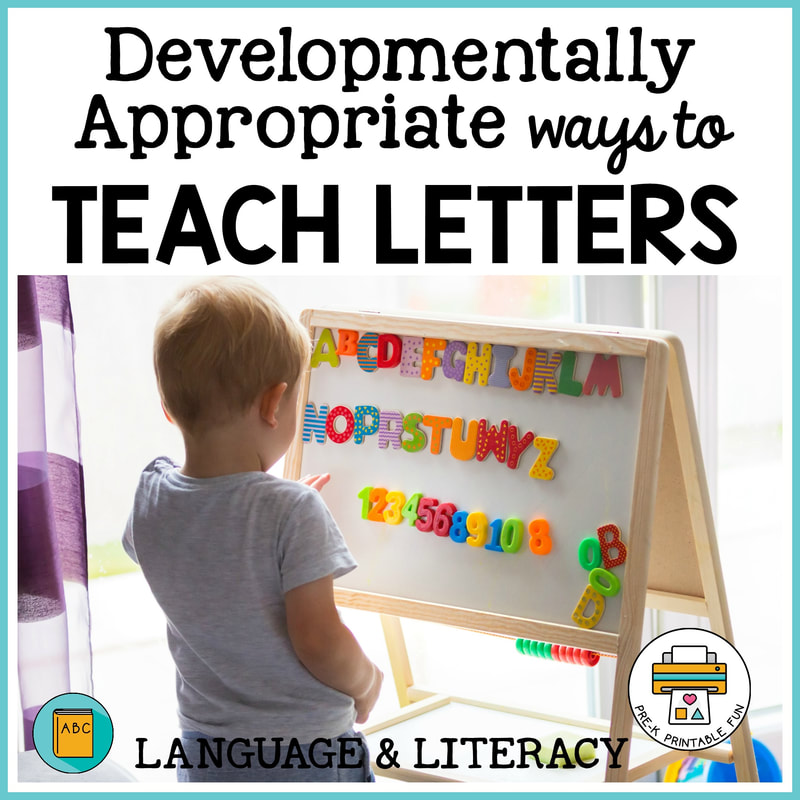
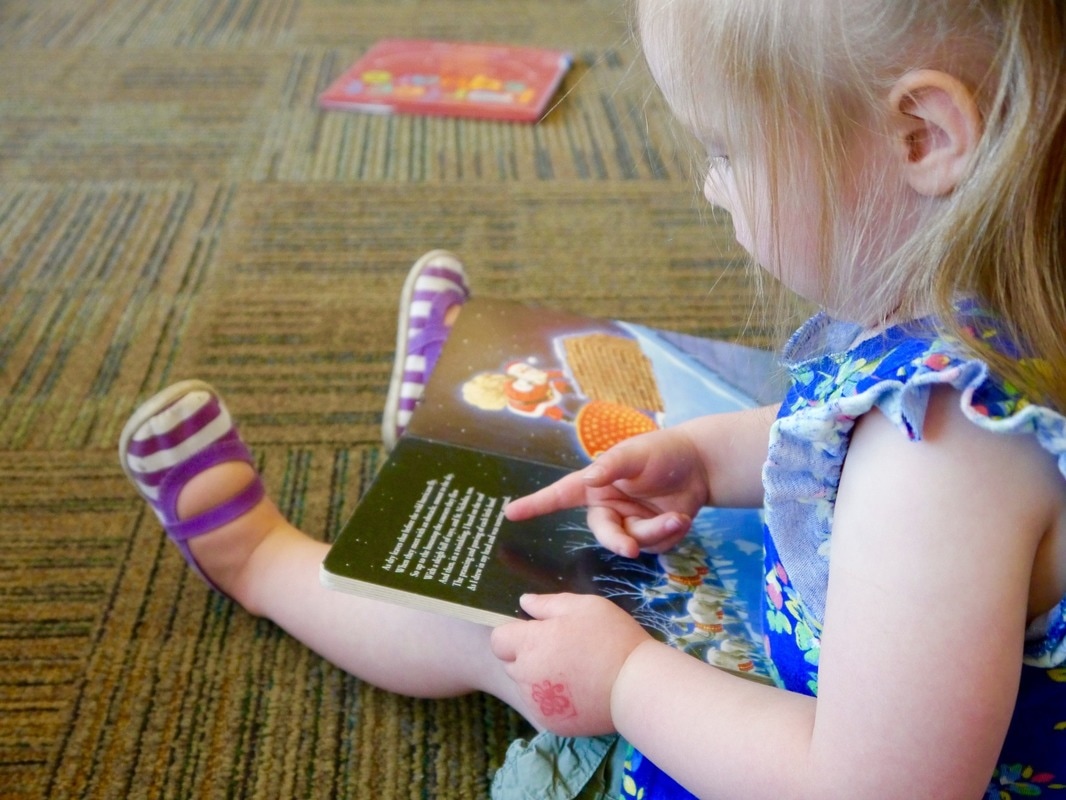
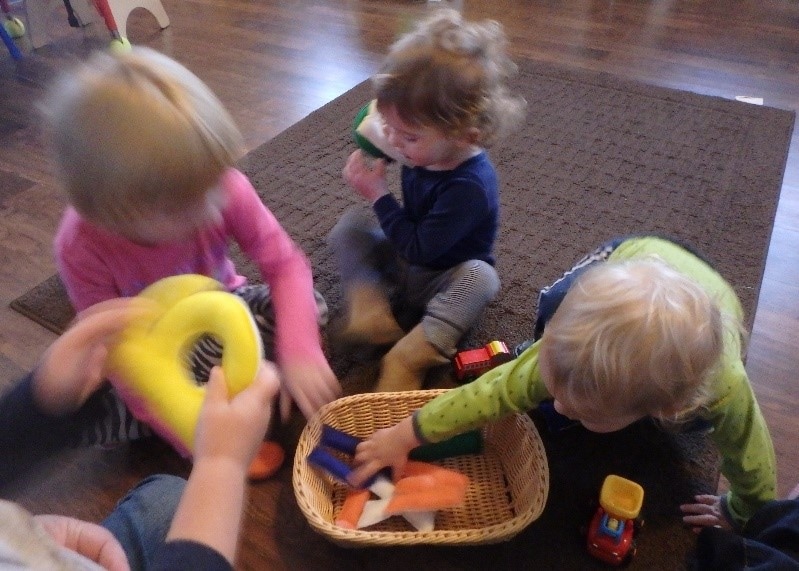
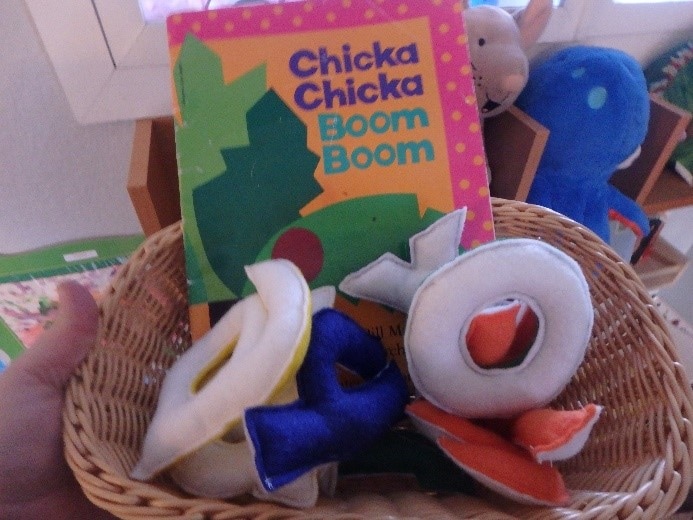
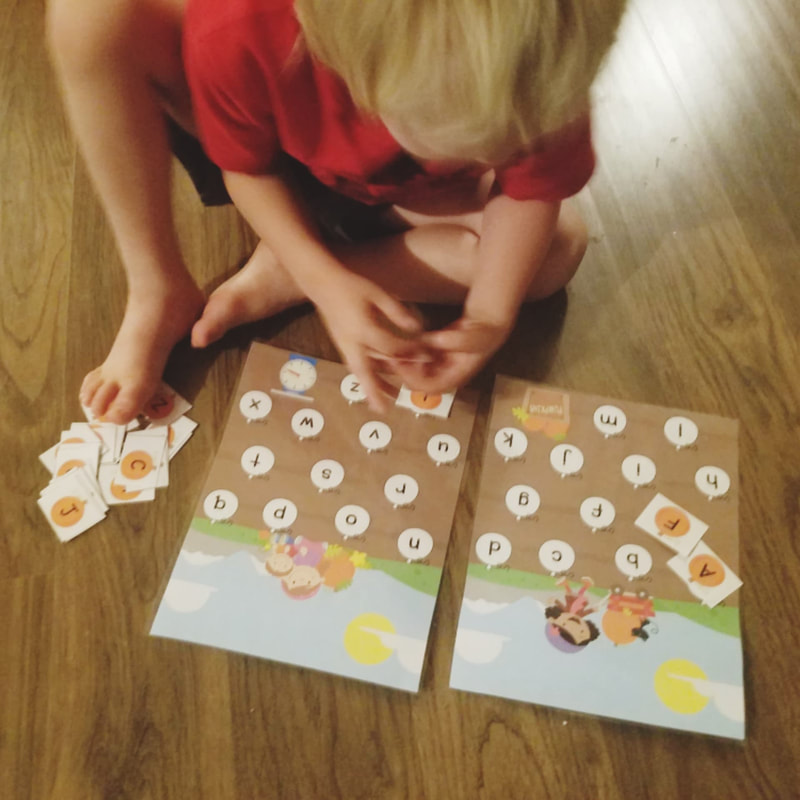
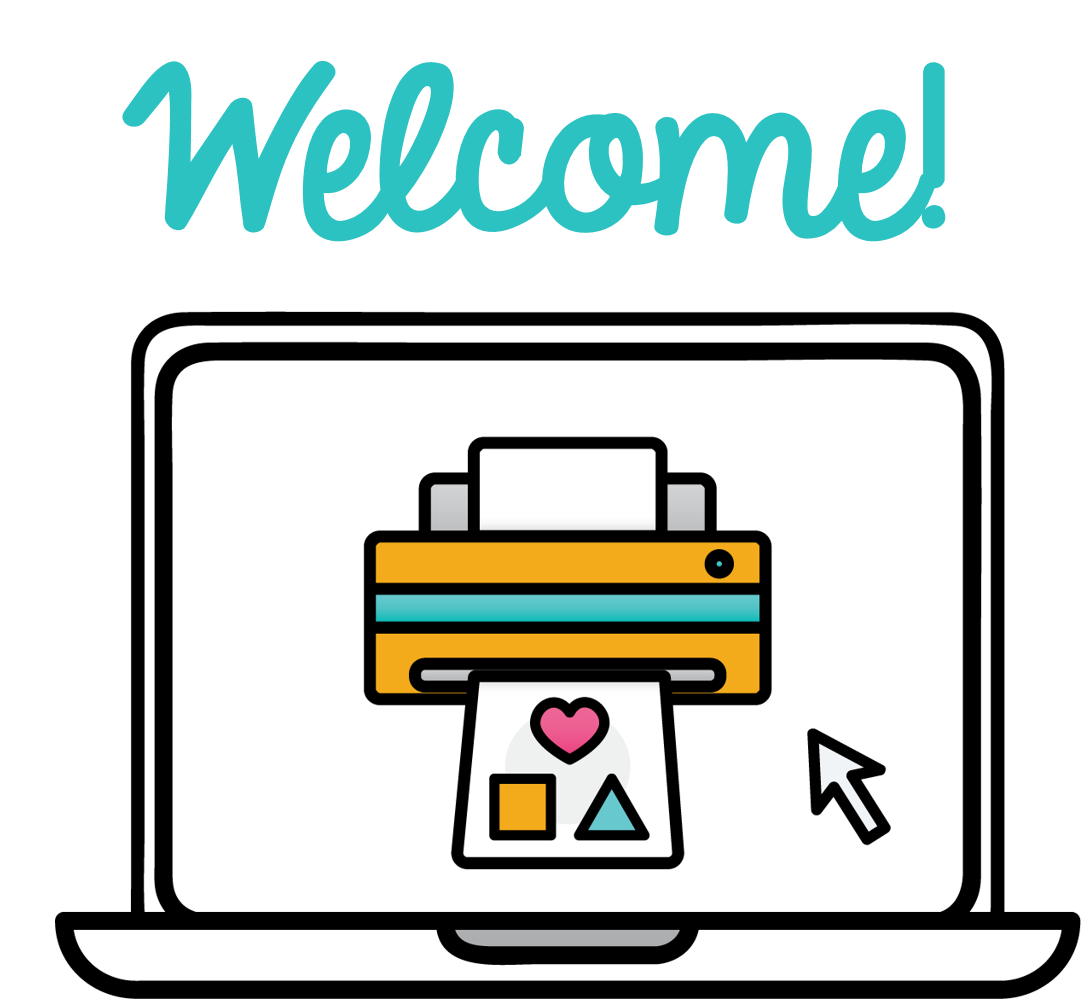
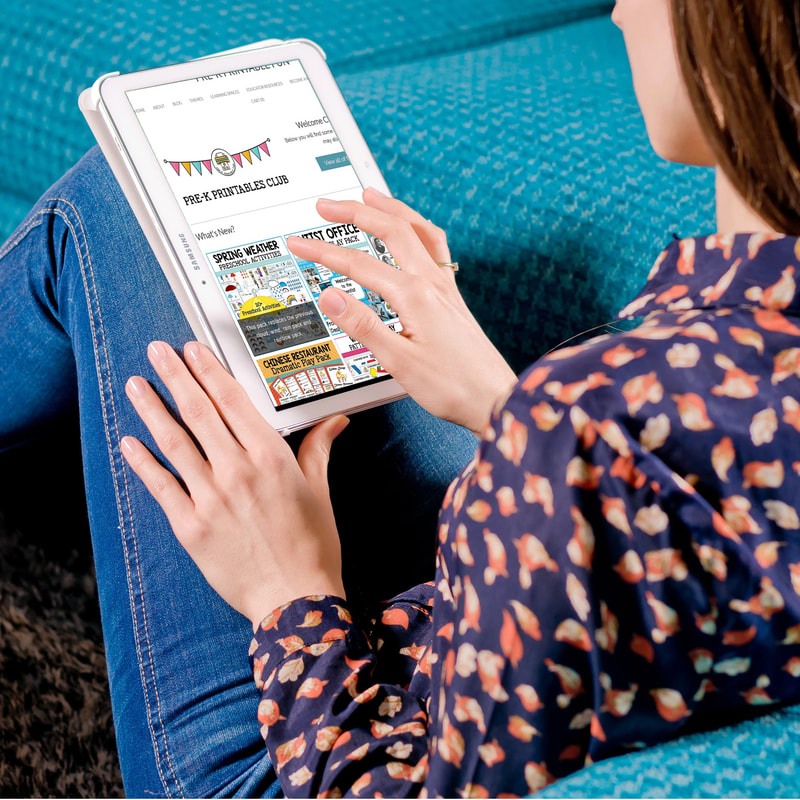
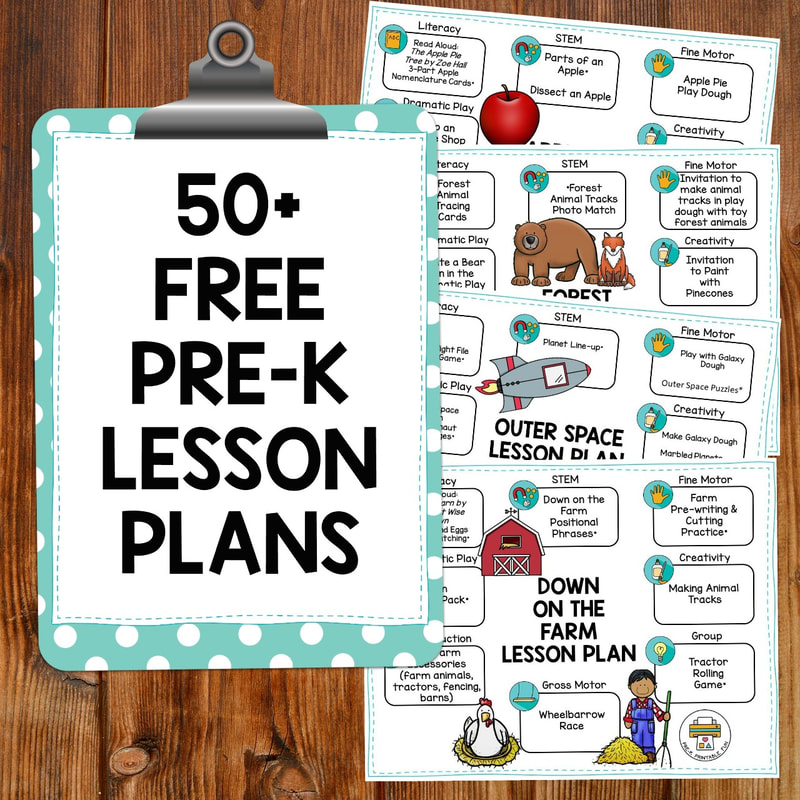
 RSS Feed
RSS Feed
